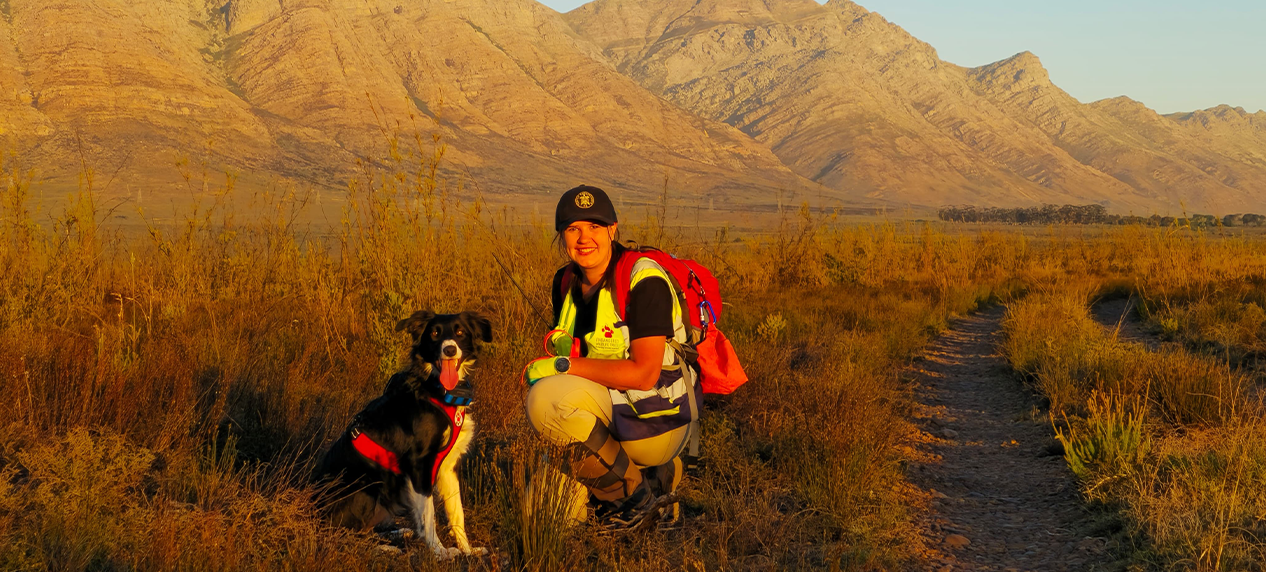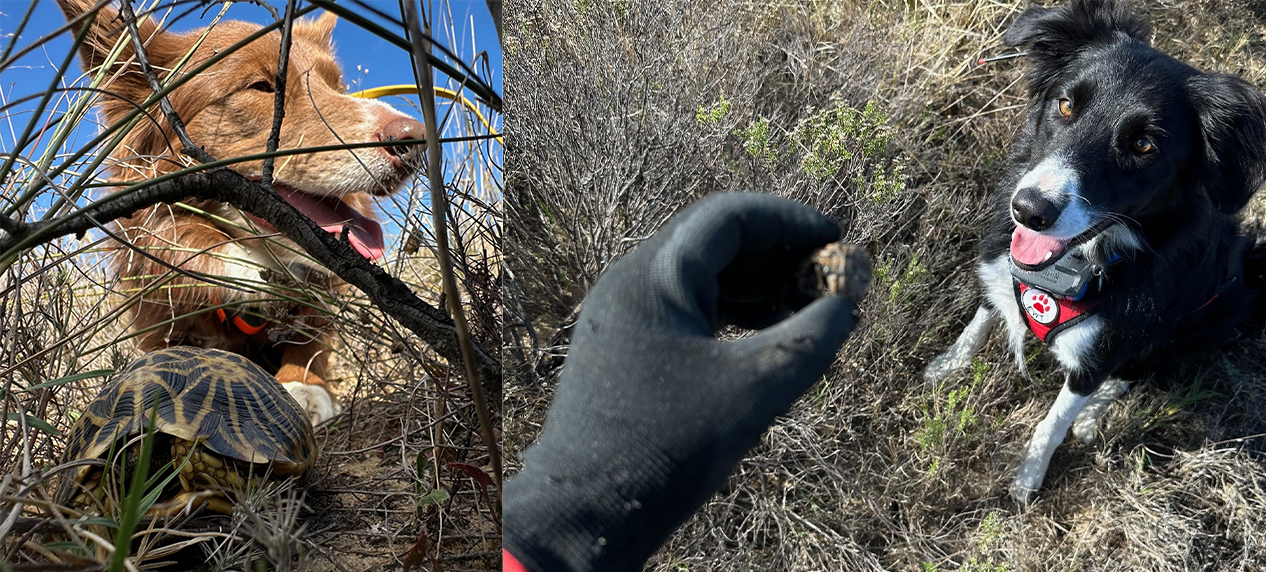GETTING NOSY FOR TORTOISES – A CONSERVATION RACE
By Esther Matthew, Specialist Officer, EWT Drylands Conservation

** Chelonians include all tortoise, turtle, and terrapin species. For the purposes of this article, we will use the term “tortoises”.
Few people are aware that South Africa holds the title as the tortoise capital of the world, boasting no less than 13 tortoise species, most of which are endemic.
Unfortunately, the statistics are damming, showing that tortoises are among the most imperilled vertebrate groups, with over 60% of the world’s 357 known species threatened with extinction (Lovich et al. 2018; Turtle Conservation Coalition 2018; Stanford et al. 2020). Approximately 52% of all assessed tortoise taxa have been classified as Critically Endangered, Endangered or Extinct (IUCN, 2020). South Africa’s tortoise species are no exception, with two species presently listed by the IUCN Red List of Threatened Species as Endangered, and one as Critically Endangered.
Multiple threats face the survival of South Africa’s tortoise species, including illegal collection, uncontrolled fires, habitat loss and degradation, and predicted changes in habitat due to climate change. In addition, the combination of climate change and electrical infrastructure has created the “perfect storm” of conditions favouring the growth of pied crow numbers in the shrublands of South Africa. Despite the decline in multiple species, there are not many proactive conservation plans and monitoring strategies for these defenceless South African species.
The Endangered Wildlife Trust (EWT), in partnership with the Turtle Conservancy (TC) and Mapula Trust, recently launched research projects focusing on conservation efforts for South Africa’s most Endangered tortoise species, the Geometric Tortoise (Psammobates geometricus). The species has a very restricted range compared to that of other species in the country. As such, there is a big need to find the tortoises in new locations, monitor existing populations and implement conservation actions.
Although these tortoises have a colourful pattern on their shells, the design helps them camouflage in the natural vegetation, making them difficult to find. However, the EWT’s Drylands Conservation Programme uses an innovative approach to help researchers find these animals—scent detection dogs.
Two Border Collies, Delta and Dash, are helping their human teammates locate these tortoises. During recent surveys, the dog team was able to increase overall finds with an average of 30%, a significantly higher detection rate of live Geometric tortoises than by their human counterparts. The dog team found an average of three live tortoises, compared to the average of 0.6 per person. That means the dogs found five times the number of live tortoises than the average human, demonstrating the value of having a dog team in the field to increase our efficiency. These canines will continue to assist our field staff for long-term monitoring of the species, to inform the conservation recommendations and to possibly assist with fire rescue missions. The hope is that Delta and Dash’s impact on the conservation of rare species will increase.
Please note: All tortoises are protected species. They are listed under the Convention on International Trade in Endangered Species of Endangered Fauna and Flora (CITES), as well as provincial legislation, such as the CapeNature Conservation ordinance of 1974 and the National Environmental Management: Biodiversity Act 10 of 2004. It is illegal to collect any tortoise species in South Africa, and they may not be kept as pets without a permit.

Conservation canines Delta (right) and Dash (left) with tortoises
